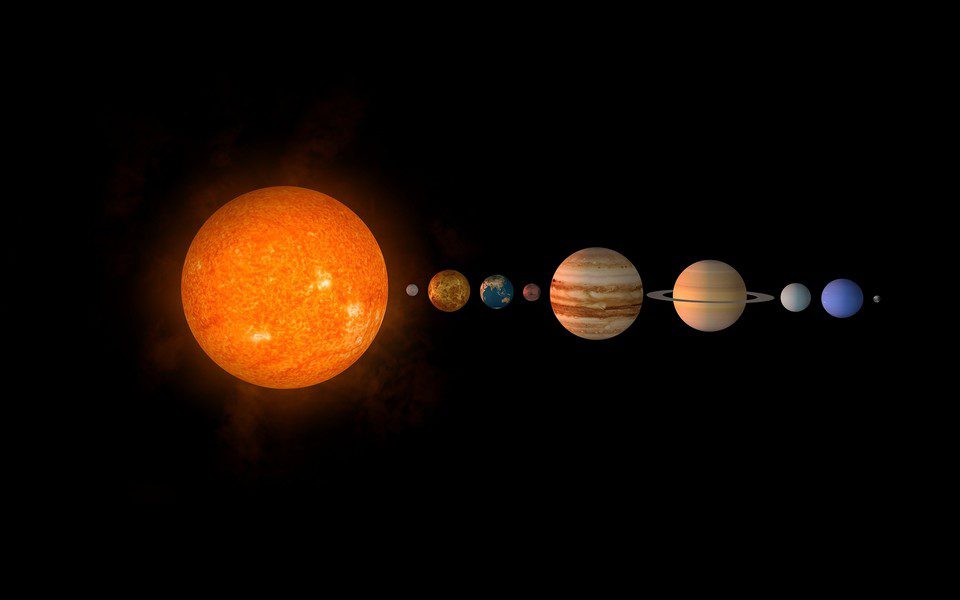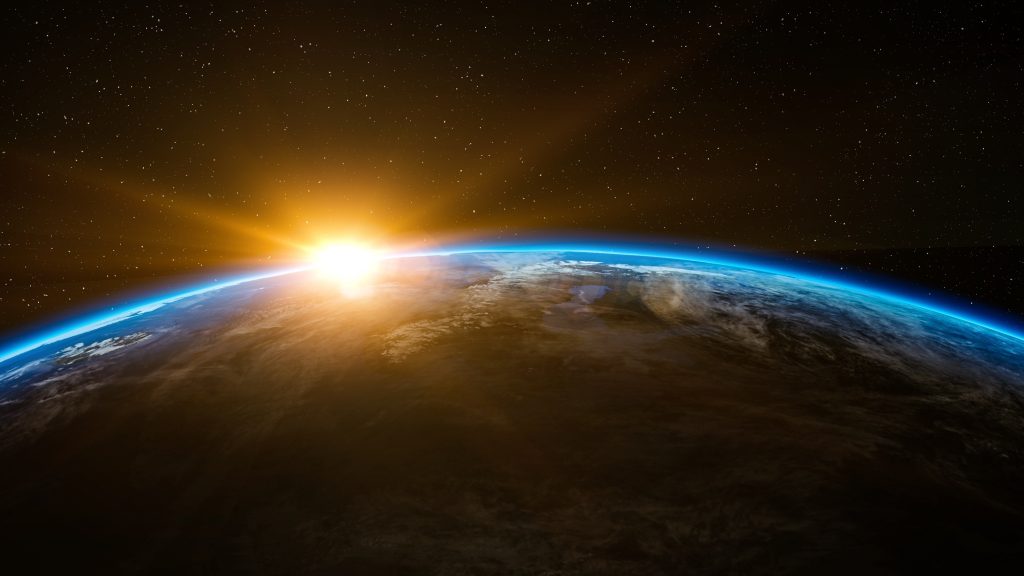Space and planets have fascinated mankind for thousands of years. As early as 3000 BC, the Sumerians named the visible planets after gods. This fascination with the unknown and the remote is still there some 5,000 years later, but today we know a lot more. Also contributing to this is an interesting video about the actual size and rotation of the planets, which you can find below in the articles section, Jupiter turns away
Find.
It comes from Dr. James O’Donoghe. He is a former NASA employee and currently works for the Japanese space agency Jaxa. He made it his mission to bring his infatuation closer to others. That’s why he posts regularly on Twitter (Tweet embed) and publish videos on Youtube (between planets) online, which refreshes itself.
He regularly shows about 230 thousand followers photos and videos on the topic of space. This includes explanations and information about the current night sky or particularly fascinating discoveries, such as a star orbiting a black hole at a speed of about 27 million kilometers per hour. That’s about 2.6 percent of the speed of light:
link to Twitter content
Size really matters in this case
Most people should know that the planets in our solar system are giant. But it’s hard to imagine how massive they are, how they relate to each other, and how they move through space. This is mainly due to a misrepresentation of scale in many of the illustrations.
Jupiter, for example, is about 30 times larger in diameter than Mercury, but it likes to be photographed as if it were Just
Seven to ten times. There are reasons for this – after all, you can hardly see anything from the minor planets if you correctly display the proportions. However, it creates the wrong impression. This is especially true if you are also photographing the sun.
In the following example, you can see the Earth very well next to the Sun. In contrast, O’Donoghue’s video below shows that it’s actually a tiny, almost imperceptible dot compared to the Sun.

In this representation, the proportions of the planets are incorrect, which is often the case.
You don’t have to worry about correct proportions when looking at images from NASA’s James Webb Telescope. This article shows you that they are not only beautiful in appearance, but also ideal as desktop wallpapers:
You can use the wonderful NASA images of space telescope perfectly as wallpaper
Jupiter turns away
in one in twitter With over 17 million views, James O’Donoghue’s highly successful video shows the different planets in our solar system ordered by size. What makes the whole thing even more interesting: Compared to other videos of this type, which are mostly aimed only at size, it also shows the inclination and speed of the planets:
link to YouTube content
Despite the sheer size of Jupiter, a day there lasts only nine hours and 55 minutes. This corresponds to a rotational speed of 45,000 kilometers per hour. On the other hand, the Earth rotates Just
At 1,670 kilometers per hour, thus up to the well-known 24 hours (or 23.9, if you want to be precise). Mercury is much slower, with a day having 4,222.6 hours, which is 175.9 days.
If now you are more interested in topics from the environment of everything and the stars, then the following article should interest you. In it, you will learn what a black hole sounds like:
Warning: creepy! You can now listen to the sound of the black hole
Do you already know the exact proportions of the planets? And did you know that Jupiter rotates very quickly or that Uranus is the only planet that rotates almost vertically? Let us know in the comments!

“Total coffee aficionado. Travel buff. Music ninja. Bacon nerd. Beeraholic.”







More Stories
Researchers detect extremely high-energy gamma rays
Anxiety disorders in old age increase the risk of dementia
Researchers are particularly fascinated by these exoplanets.